Top Gun MULTIMIG 350F User manual




















Table of contents
Other Top Gun Welding System manuals
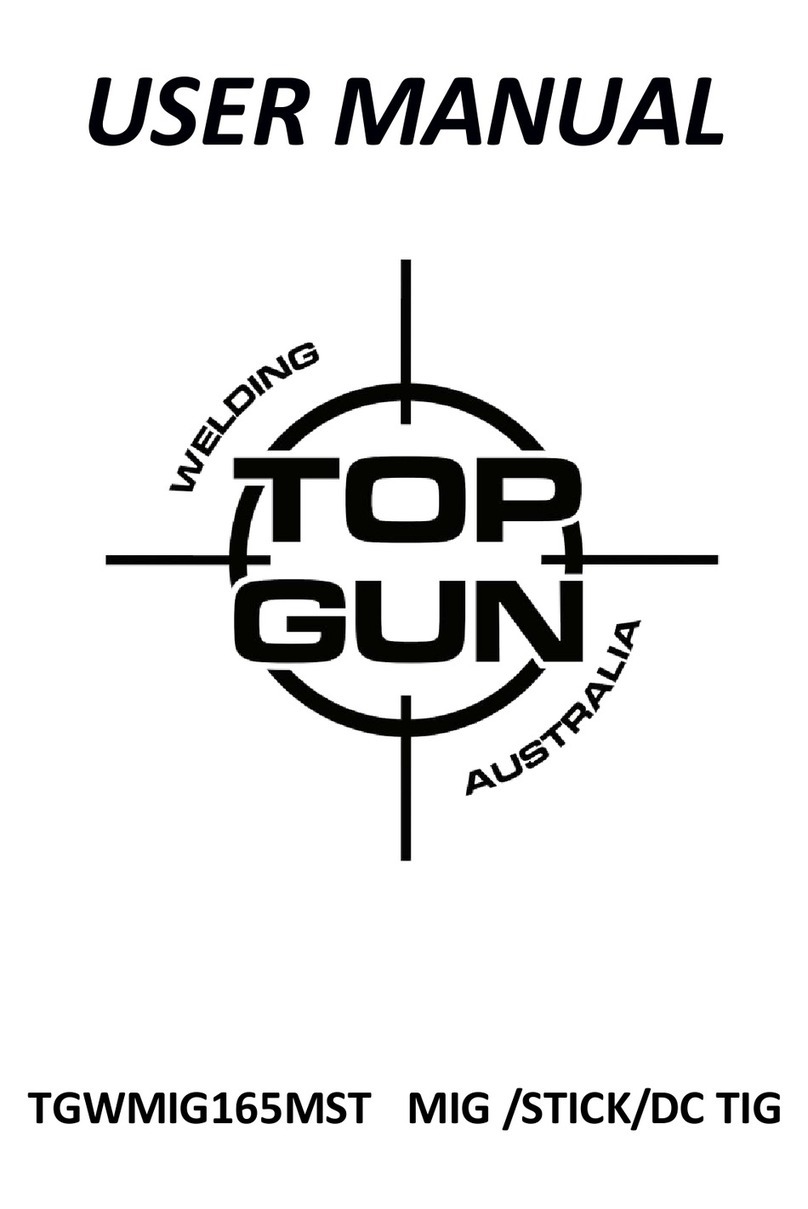
Top Gun
Top Gun TGWMIG165MST User manual
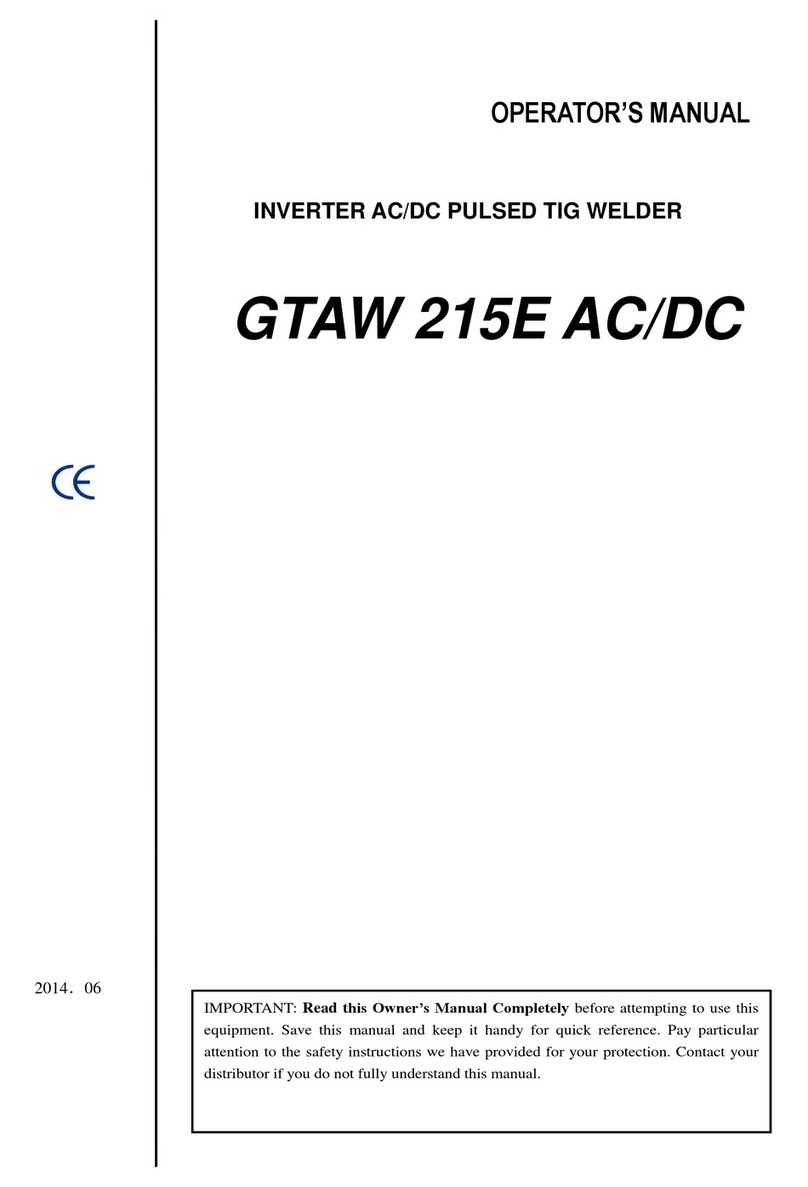
Top Gun
Top Gun GTAW 215E AC/DC User manual
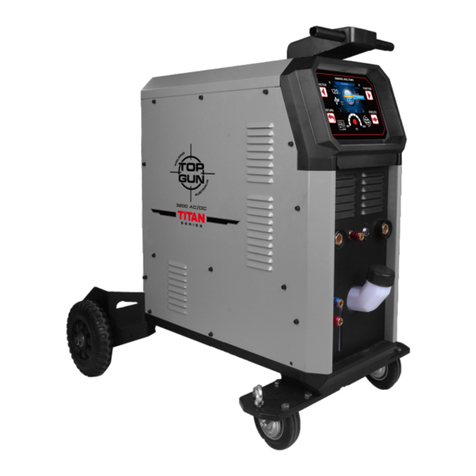
Top Gun
Top Gun 3200 AC/DC TIG User manual

Top Gun
Top Gun MIG-MAG 250I-SWF User manual
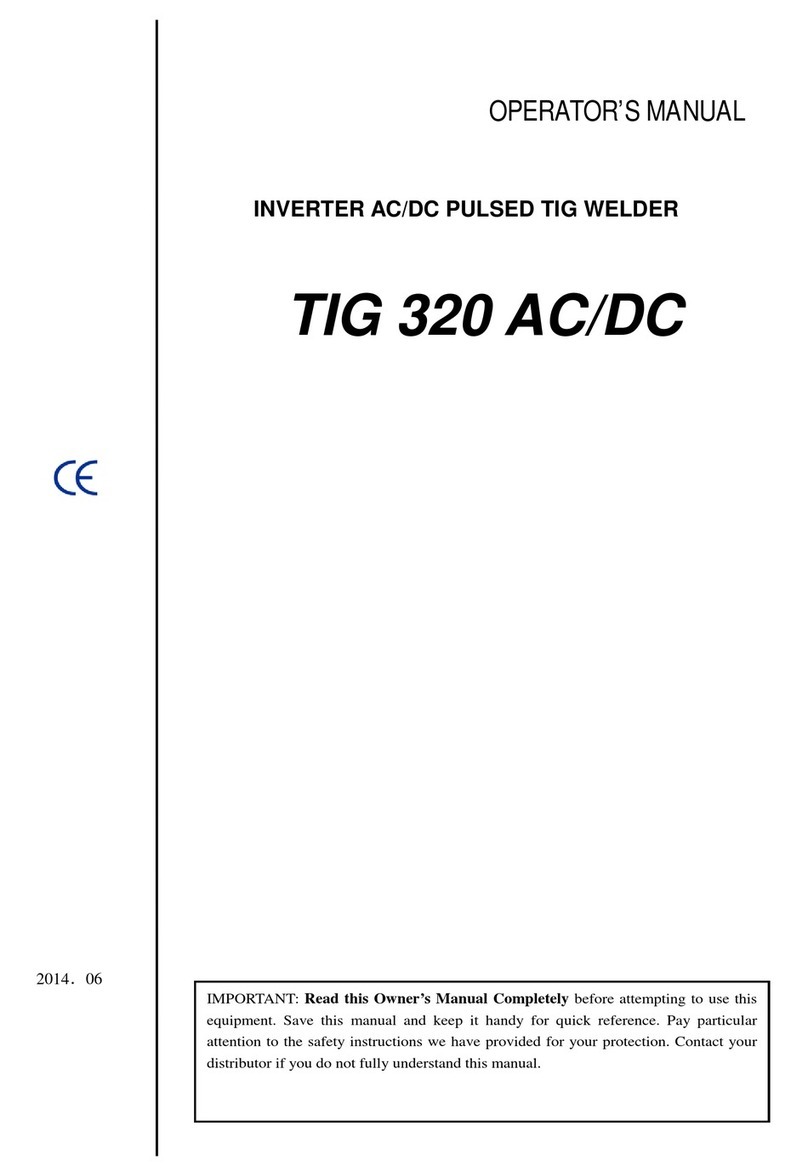
Top Gun
Top Gun TIG 320 AC/DC User manual
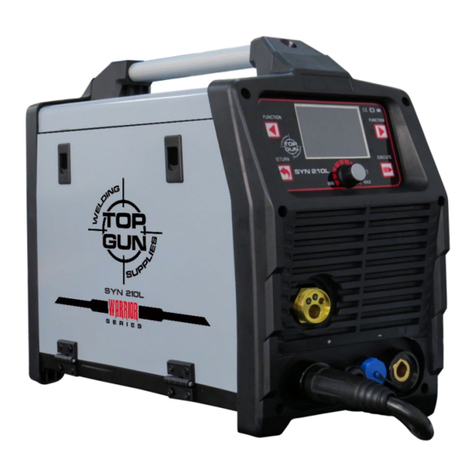
Top Gun
Top Gun MIG-210L User manual

Top Gun
Top Gun I-ARC 140 Assembly instructions
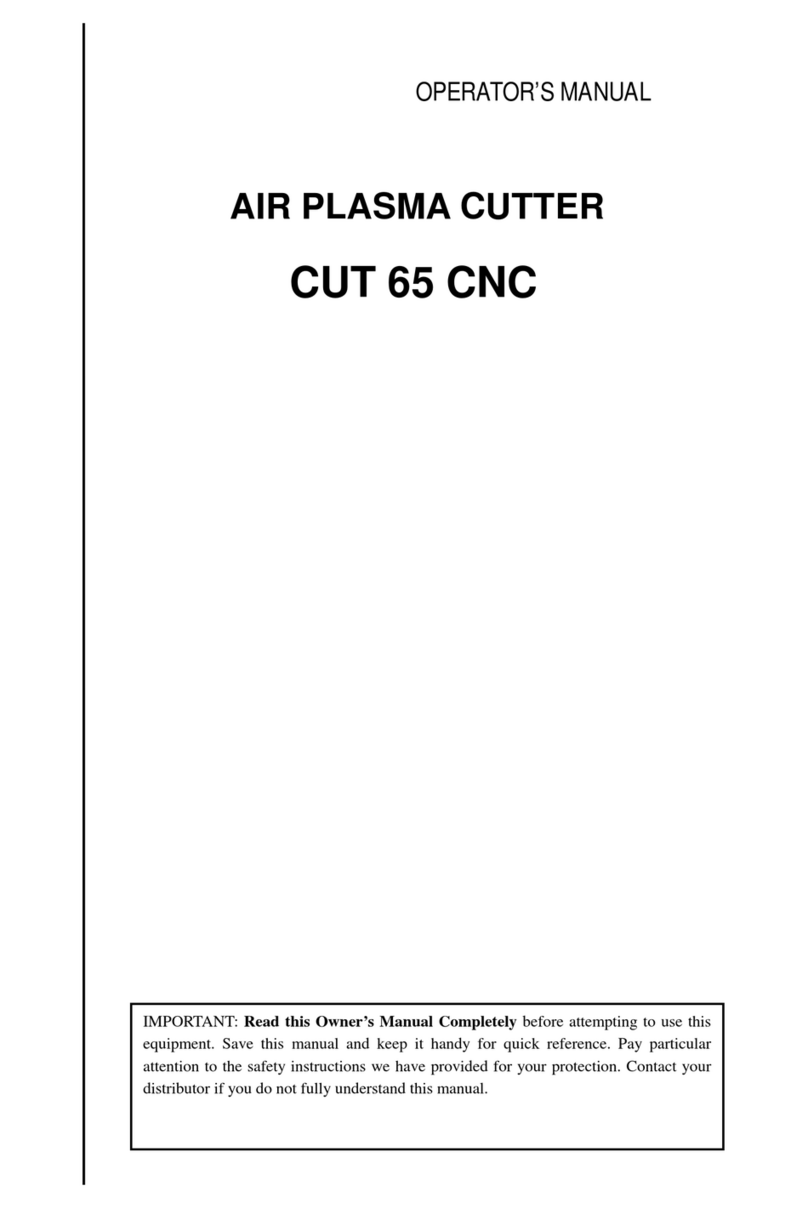
Top Gun
Top Gun CUT 65 CNC User manual
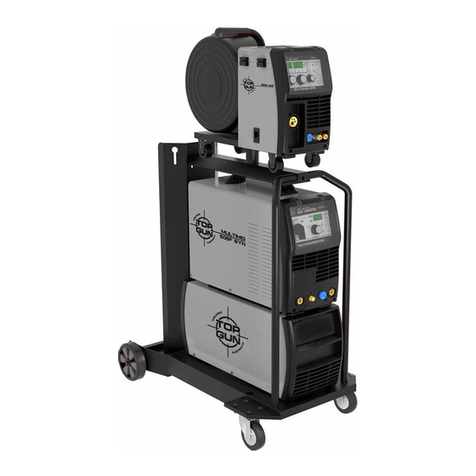
Top Gun
Top Gun 351 SWF Assembly instructions

Top Gun
Top Gun CUT-40M User manual
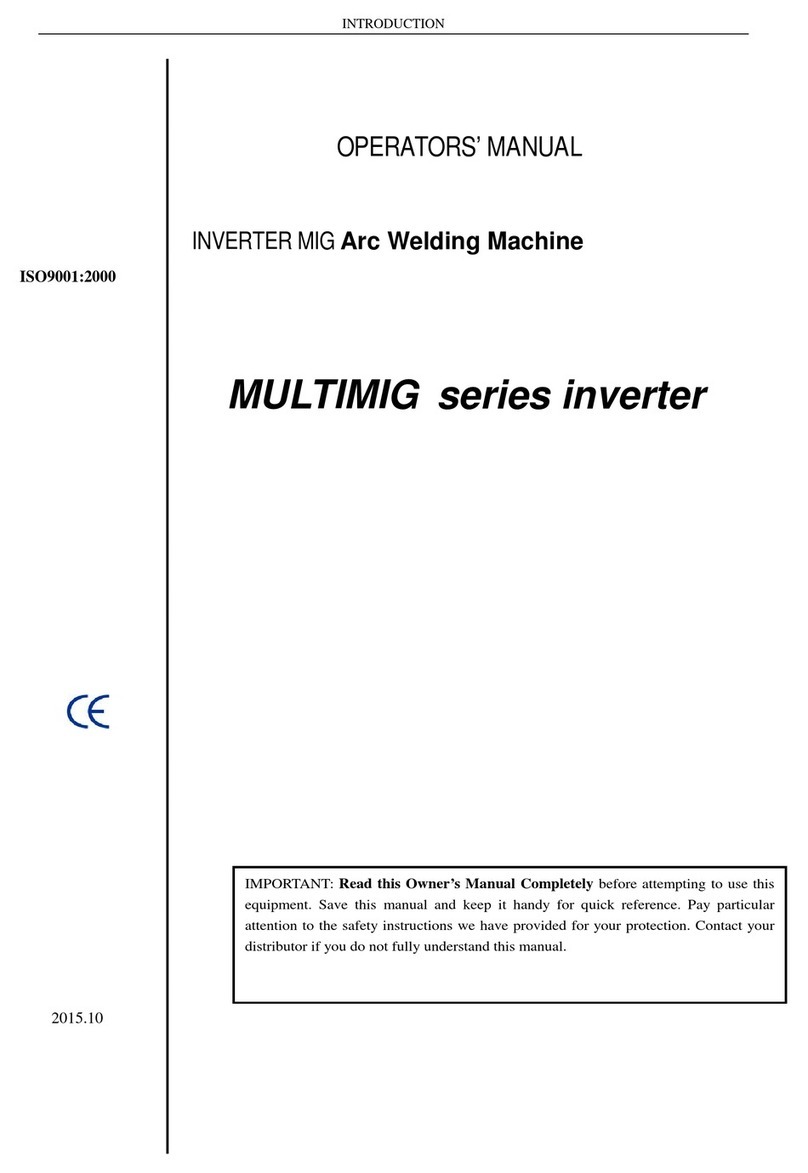
Top Gun
Top Gun MULTIMIG 160 User manual

Top Gun
Top Gun ARC 145WR Assembly instructions
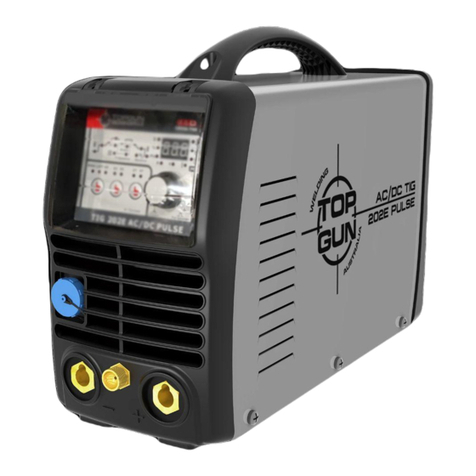
Top Gun
Top Gun TIG 202E AC/DC User manual
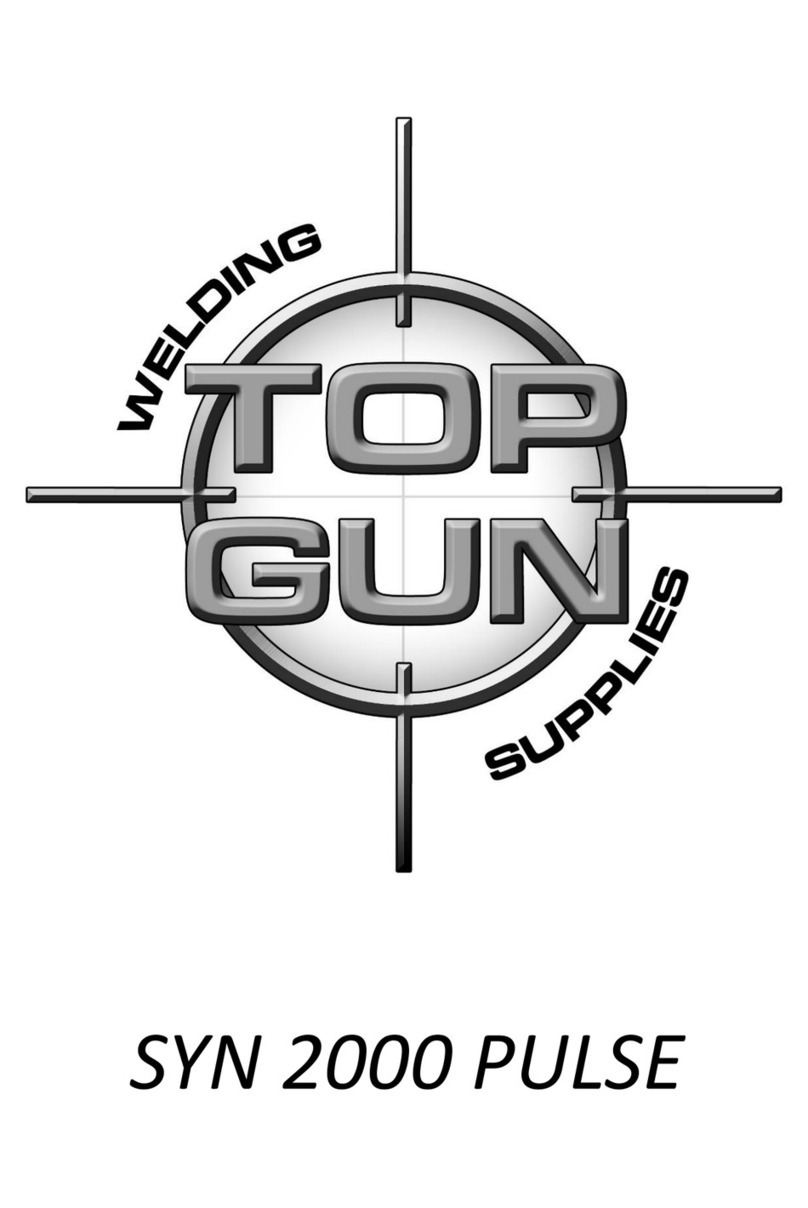
Top Gun
Top Gun SYN 2000 PULSE User manual
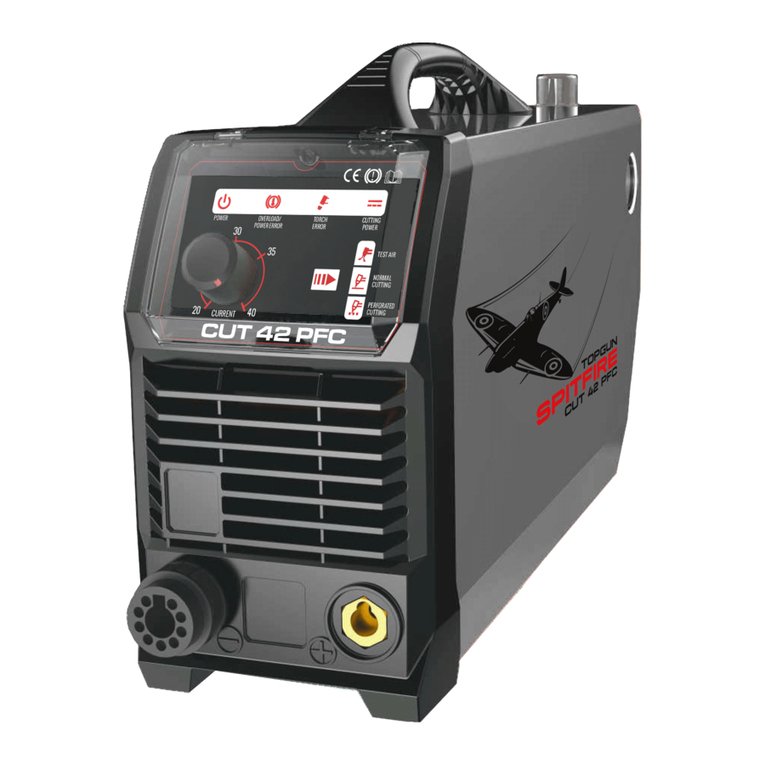
Top Gun
Top Gun PLASMA CUT 42 PFC Assembly instructions
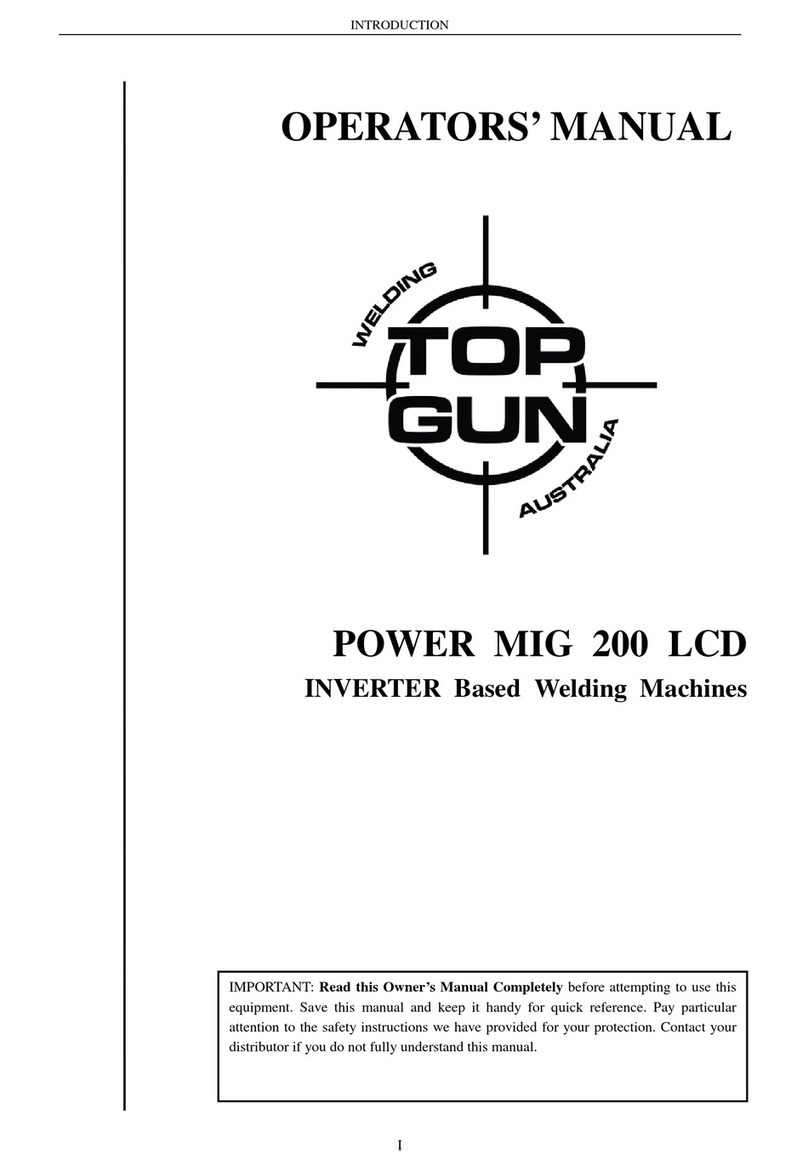
Top Gun
Top Gun POWER MIG 200 LCD User manual

Top Gun
Top Gun MIG 200i User manual
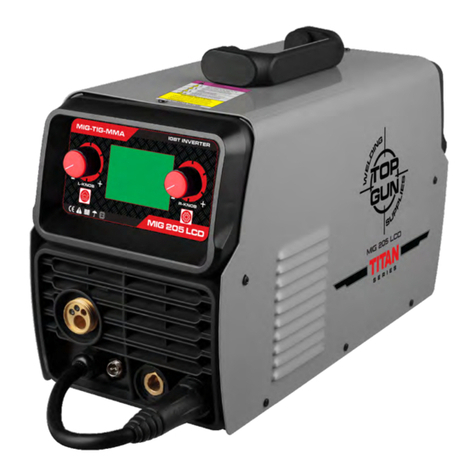
Top Gun
Top Gun 205 LCD Assembly instructions
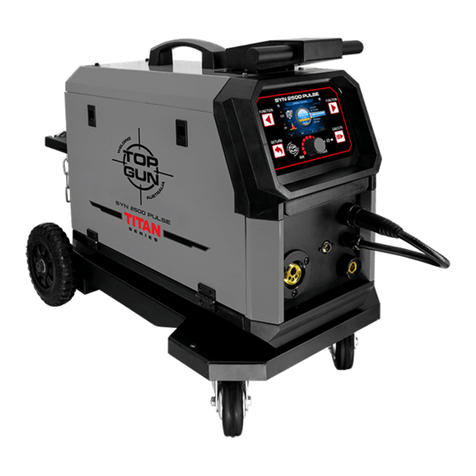
Top Gun
Top Gun SYN 2500 PULSE User manual
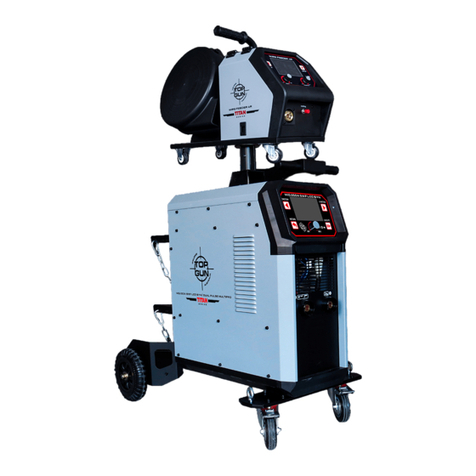
Top Gun
Top Gun TGWMIG2500LSWF User manual
Popular Welding System manuals by other brands

Motor Guard
Motor Guard Magna-Spot JO1000 instruction manual

T.L. FAHRINGER
T.L. FAHRINGER FW-200 HPA owner's manual

Lincoln Electric
Lincoln Electric K3924-1 Operator's manual
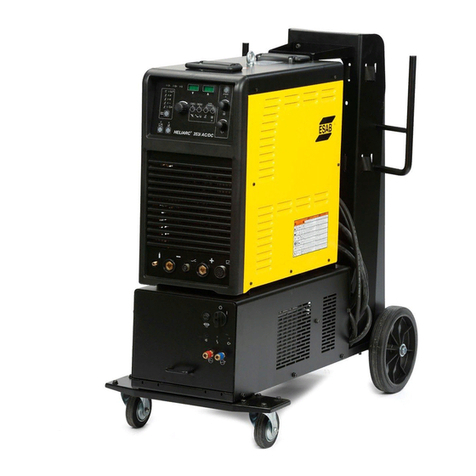
ESAB
ESAB Heliarc 283i AC/DC instruction manual
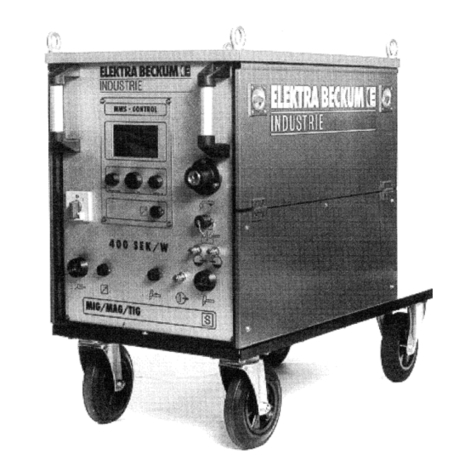
Elektra Beckum
Elektra Beckum 400 SEK/W operating instructions

WELDPRO
WELDPRO CT416GDs user manual

Clarke
Clarke 6014011 Operation & maintenance instructions
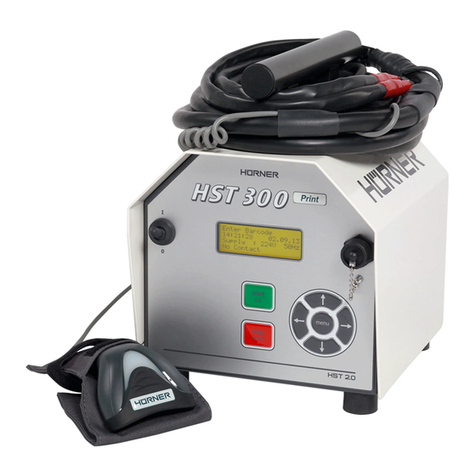
HURNER
HURNER HST 300 aquatherm 2.0 user manual
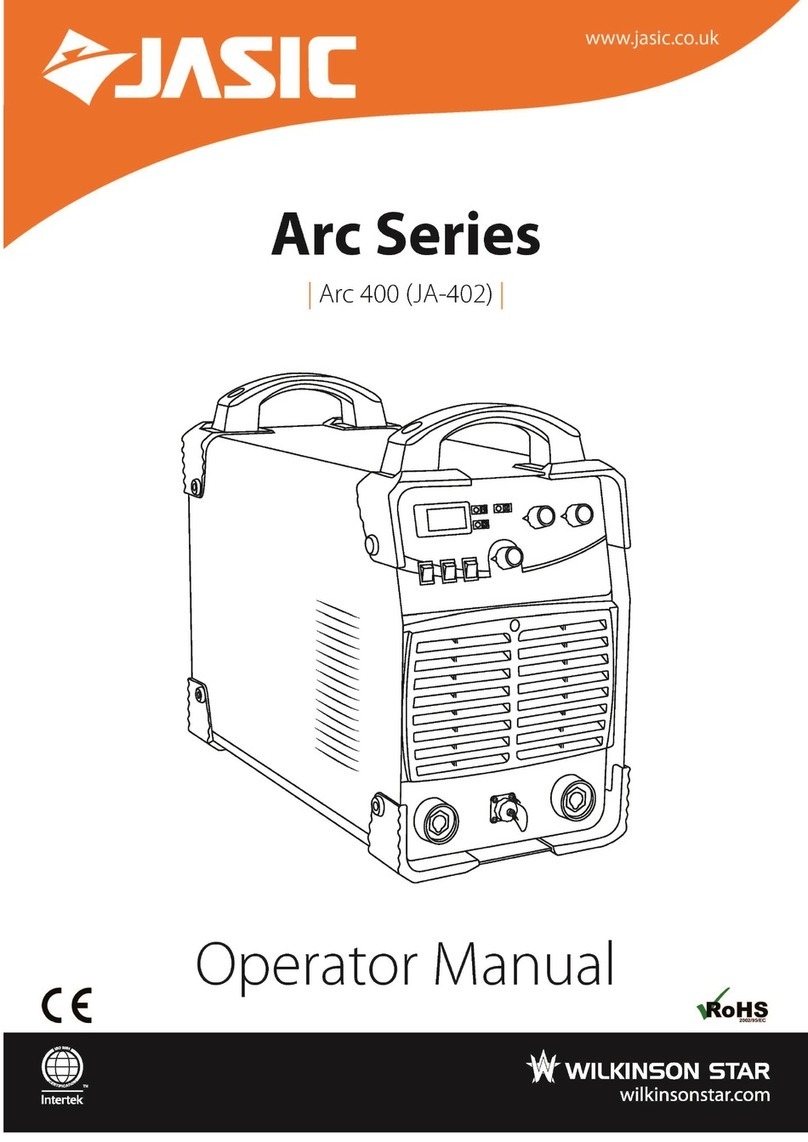
Wilkinson Star
Wilkinson Star Jasic Arc Series Operator's manual

CEMONT
CEMONT SPEEDY 130 Safety instruction for use and maintenance
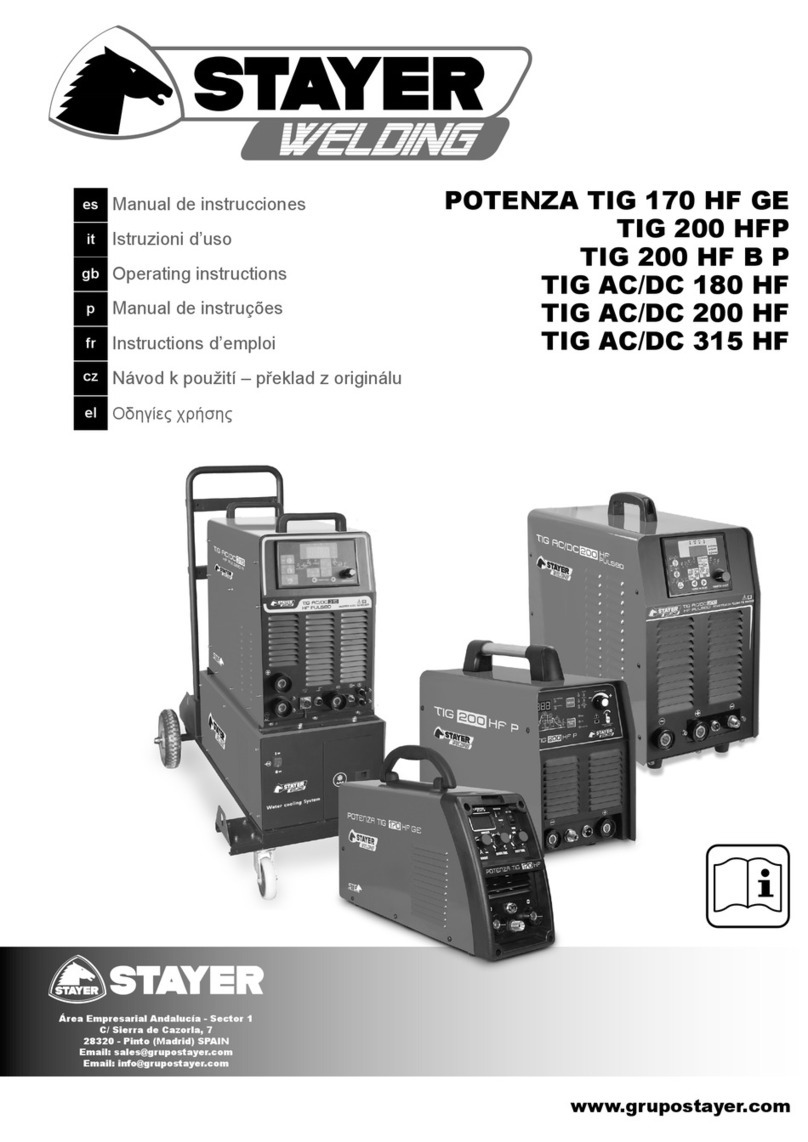
STAYER WELDING
STAYER WELDING TIG 200 HFP operating instructions

Emerson
Emerson BRANSON MWX100 product manual

Chicago Electric
Chicago Electric MIG-100 91124 Assembly and operating instructions
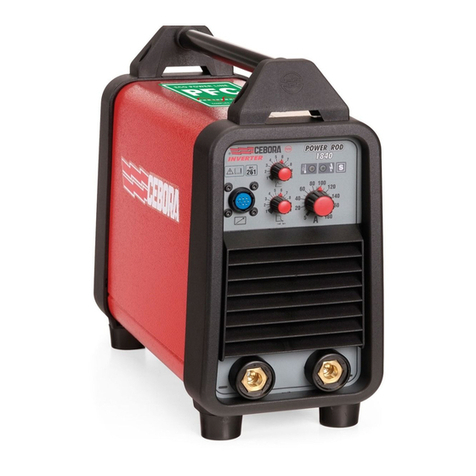
Cebora
Cebora Power Rod 130 instruction manual
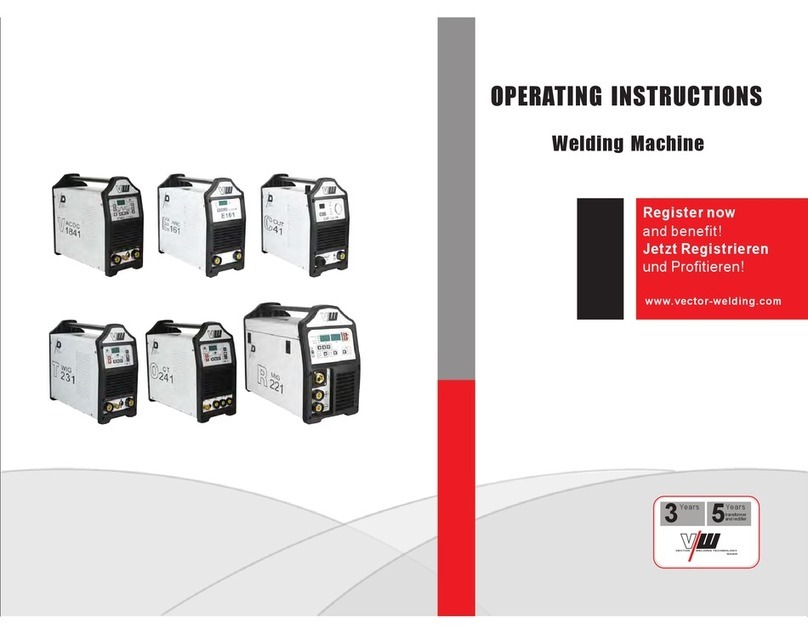
Vector Welding
Vector Welding C-Series operating instructions

Lincoln Electric
Lincoln Electric VANTAGE IM10044 Operator's manual
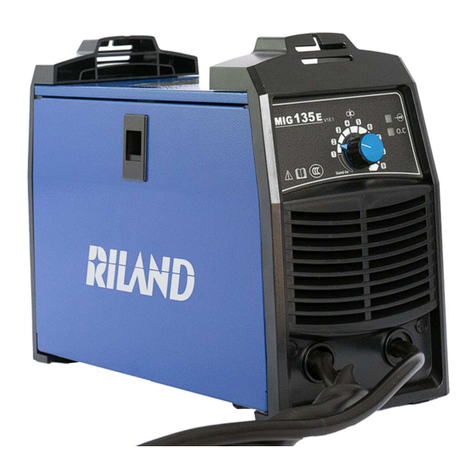
Riland
Riland MIG 135E user manual

Huayuan Electric
Huayuan Electric ZX7-HD Series Manual instruction